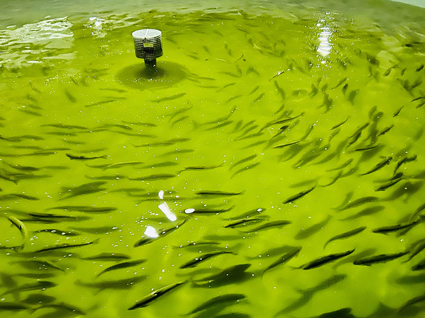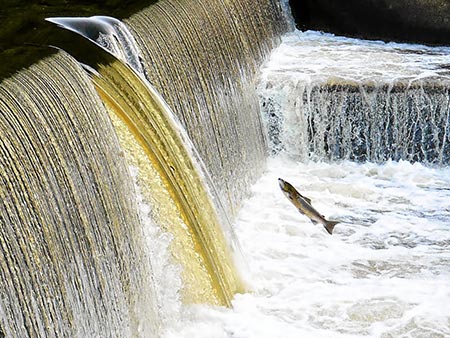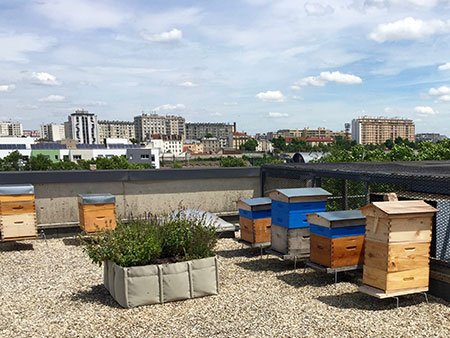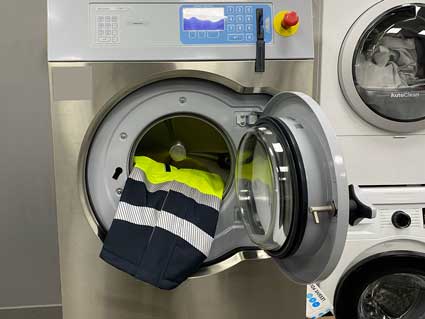
CEPOVETT banks on second-hand
20 September 2023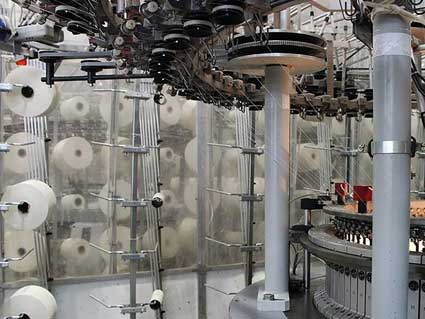
Codeveloping recycled circular knit
20 September 2023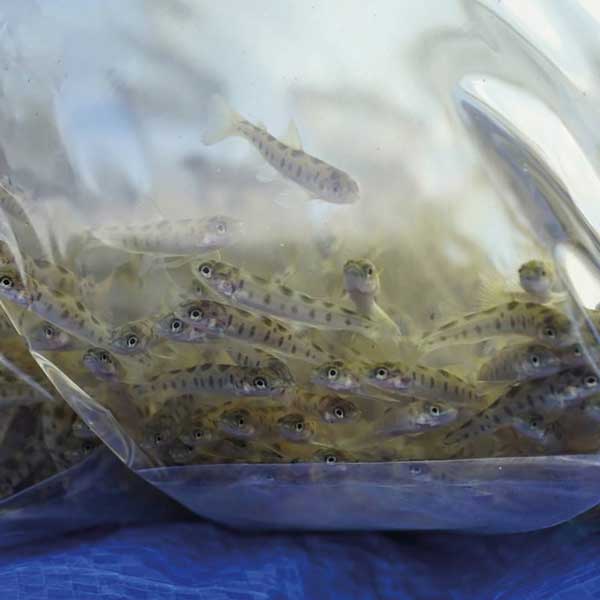
French National Wild Salmon Conservatory
In the Haute-Loire department of France, in the Allier Gorges, Atlantic salmon is the focus of attention. It is the last existing wild strain in Western Europe capable of reproducing at some 1,000 km from the ocean.
To ensure this endangered species resettles and restocks in the Allier River basin, the French National Wild Salmon Conservatory in Chanteuges observes the migration of fish, undertakes species counts and, at the same time, has developed a salmon farming production activity designed to repopulate and recolonize former salmon rivers. These initiatives aim at releasing fish at every stage of their biological cycle (eggs, alevins and smolts) into their natural habitat so they can make use of the fresh and marine water resources to grow. This project, which brings together all local and regional communities (economic players, fishing clubs, volunteers, etc.), applies a biodiversity-restoration logic, on a par with the agreements concluded during the Cop15 Biodiversity in Montréal that aim, in particular, to protect 30% of land and 30% of sea by 2030.
COP15 BIODIVERSITY
The 15th Conference of the Parties (COP15) to the United Nations Convention on Biological Diversity (CBD), held in Montréal from 7 to 19 December 2022 and chaired by China, reached a landmark agreement. The Global Biodiversity Framework (GBF) adopted by the member countries sets a clear course of action for the 2020-2030 period, to halt and reverse biodiversity loss by establishing quantifified, measurable goals with a monitoring framework. The roadmap aims, in particular, to protect 30% of the Planet by 2030.

